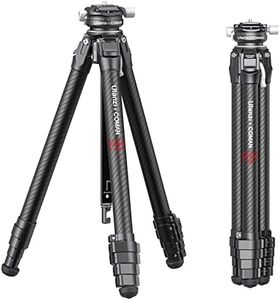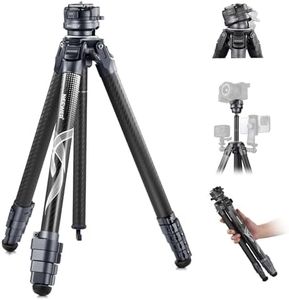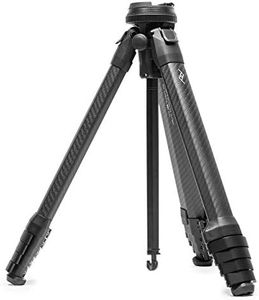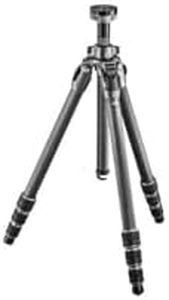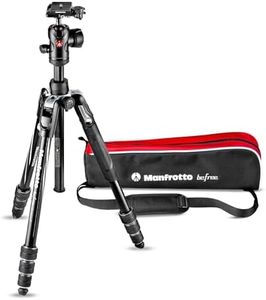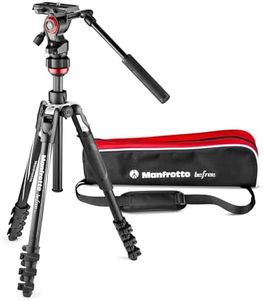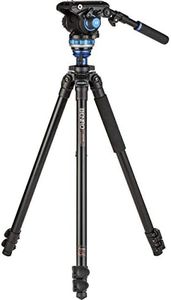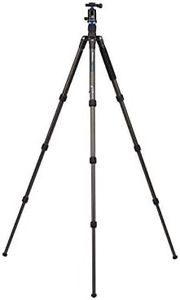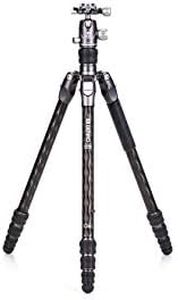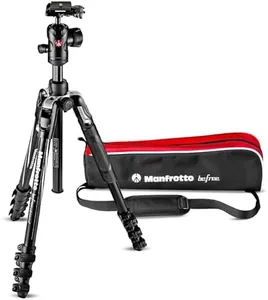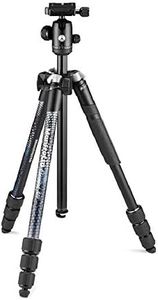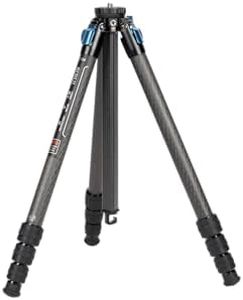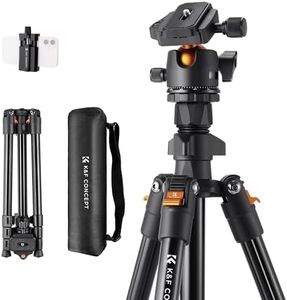We Use CookiesWe use cookies to enhance the security, performance,
functionality and for analytical and promotional activities. By continuing to browse this site you
are agreeing to our privacy policy
10 Best Lightweight Travel Tripod
From leading brands and best sellers available on the web.Buying Guide for the Best Lightweight Travel Tripod
Choosing a lightweight travel tripod can greatly enhance your photography experience by providing stable support without weighing you down. When searching for the best fit, it's important to think about the environments you'll be traveling in, how much gear you'll carry, and what types of shots you want to take. By understanding the key features, you can select a tripod that balances weight, stability, and usability for your specific needs.WeightWeight is simply how heavy the tripod is when it’s folded and packed. This is especially important when traveling, as you generally want to keep your gear as light as possible without sacrificing too much stability. Lightweight tripods usually weigh between 1 to 3 pounds, with some ultra-light options going below 1 pound and more stable 'lightweight' models reaching up to 4 pounds. If you plan to hike or carry your equipment for long periods, selecting the lightest option is often best, but if you expect windy conditions or need extra stability, opting for one at the heavier end may make sense.
Folded LengthFolded length is the size of the tripod when it is collapsed and ready to pack. This determines how easy the tripod is to attach to or fit inside your bag. Compact tripods may fold down to under 15 inches, making them suitable for backpacks or carry-on luggage, while others may be longer and require more space. If you'll be moving around a lot or have tight luggage space, seek out a model with a shorter folded length to make packing easy and hassle-free.
Maximum HeightMaximum height tells you how tall the tripod stands when fully extended. This affects how comfortable you are when shooting, and what angles or perspectives you can achieve. Taller tripods (around 55-65 inches) allow you to shoot at eye level without bending, but may be bulkier. Shorter models (below 50 inches) save weight and space but may require you to crouch or kneel. If you value comfort and versatility, look for a tripod with a maximum height close to your own eye level, but if portability is your top need, a shorter tripod might be better.
Minimum HeightMinimum height is how low the tripod can go, which is important for macro photography or low-angle shots. Some tripods can get almost to ground level, while others are limited to a foot or more above the ground. If you plan to shoot flowers, insects, or creative perspectives close to the ground, make sure your tripod can get low enough. Otherwise, a standard minimum height may be fine for everyday use.
Payload CapacityPayload capacity is the maximum weight the tripod can support, including your camera and lens. Travel tripods usually handle loads from 4 pounds up to 15 pounds or more. It’s important to pick a tripod that supports your heaviest gear without straining. If you use a light mirrorless camera or smartphone, a lower capacity will do, but for bigger DSLRs or long lenses, choose a higher-capacity tripod to ensure stability and safety.
MaterialMost lightweight tripods are made from either aluminum or carbon fiber. Aluminum tripods are generally less expensive and sturdy, but slightly heavier. Carbon fiber is lighter and resists vibration better, but can be pricier. Consider whether the weight savings of carbon fiber are worth it for your travel style, or if durability is more important for you.
Leg LocksLeg locks are the mechanisms that hold the tripod legs at the desired length. They come in two main types: twist locks (which you rotate) and flip locks (which you snap open or closed). Twist locks are slimmer and less likely to snag on things, while flip locks are quick and easy to use, especially with gloves. Think about which type feels more comfortable and reliable for you, especially if you often shoot in cold or wet conditions.
Head TypeThe tripod head is the part that holds your camera and allows adjustment. The most common types are ball heads and pan-tilt heads. Ball heads are compact and let you quickly adjust the camera in any direction, making them ideal for travel. Pan-tilt heads are more precise but bulkier. If you want something fast and easy to use, go for a tripod with a ball head. If your photography requires careful composition and movement (like videos or panoramas), a pan-tilt head might suit you better.
